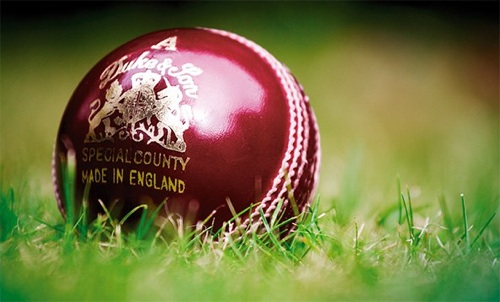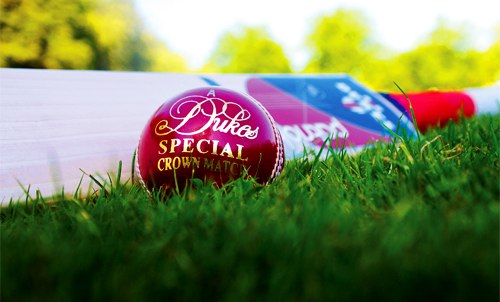
There is already a lot of talk about the ball to be used in the World Test Championship (WTC) final. More so after Ricky Ponting mentioned at a promotional event that it could be the Kookaburra and not the Dukes, which is what is traditionally used in England. The ICC, however, has clarified that it will indeed be the Dukes and not the Kookaburra that is used in the final. A senior ICC source said that they always go with the ball used locally. In this case, it will be the Dukes that’s the chosen one.
So what’s the difference between the Dukes and the Kookaburra, and why is it so important? While both are used internationally, why is it that the ball could end up making a real difference to the two teams playing? Why does one swing more than the other, and why is bowling with an older Dukes ball a little easier than with the Kookaburra?
While we all celebrate the stars and the fans and all else, ultimately it is a game between bat and ball. And if the ball isn’t perfect, it could well influence the outcome of the game.
I had the opportunity of speaking to Sachin Tendulkar on the difference between the Dukes and the Kookaburra balls. May I say that there is no one better to decode the differences between the two. Sachin, in his playing days, trained with every kind of ball in Mumbai to understand the differences, and he explained the whole thing quite beautifully.
Also Read: Ishant Sharma Could Be Short-Term Fix For WTC Final
“The Dukes ball unlike the Kookaburra has more lacquer in it at the start,” said Sachin. “And the seam, unlike the Kookaburra, isn’t as pronounced. The seam in the Kookaburra, for example, almost sticks up. Not so in the Dukes. As a result, the Dukes ball doesn’t swing much to start with, and only starts to swing after the lacquer has started to come off. Again, because the seam is more pronounced in the Kookaburra, it ceases to swing once the ball is older.
“With an older Kookaburra, the seam becomes less pronounced and there is hardly any swing. With the Dukes, however, it is different. Even the older ball continues to swing because of the seam, which isn’t as pronounced. It doesn’t really change as the game goes on, allowing the bowlers the opportunity to swing the ball. It also has a little more bounce as it gets older compared to the Kookaburra.
“In England, there is swing for the bowlers. And the Dukes ball adds to the movement the bowlers get. Even the spinners can get purchase if they have their fingers on top of the ball. But as I said, the swing starts to happen only after the lacquer wears off, and then continues right through the innings.”

It is only fair that the Dukes ball will be used in the WTC final, for it is neutral to the two teams playing. In Australia, it is always the Kookaburra. Had it been used, it could be argued that the Australians would have started with an advantage. With the Dukes ball, it is a level playing field and both teams will need to adjust to the seam and the conditions. With quality fast bowlers lining up on both sides, and the ball offering assistance, batting will be the real challenge at The Oval. The Indians, led by Rohit Sharma and Virat Kohli, will need to settle into an entirely different mindset after the IPL is over.
Ball-making needs adherence to the best hygiene and safety practices, and is something that stands for excellence. The makers, for example, are as much part of our cricket experience as anyone else. Men and women who grade the balls, and those responsible for the final certification, are as much part of the global cricket ecosystem as the cricketers. And unless you understand and appreciate the differences between various kinds of balls, it is not possible to understand or appreciate the level of hard work that goes into it all.
Also Read: Can Delhi Capitals Ruin Chennai Super Kings’ Playoff Party?



